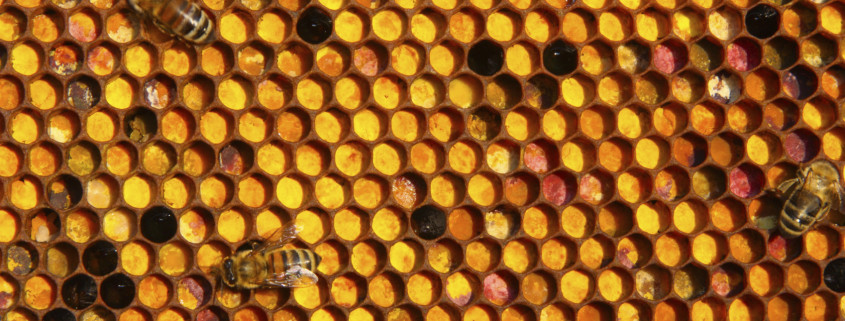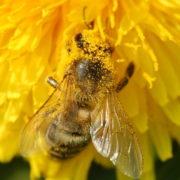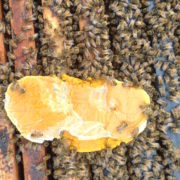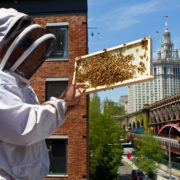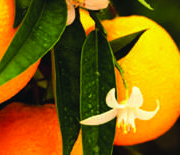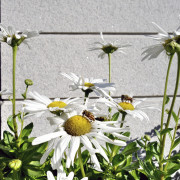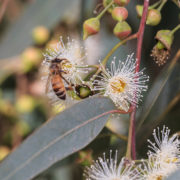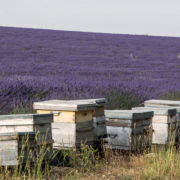Bee Bread
Like all animals, bees need protein to survive. While nectar is an excellent source of carbohydrates for bees, it is lacking in protein. Bee pollen, besides containing other minerals and enzymes, is the primary source of protein in a beehive. In optimal conditions, foraging bees obtain protein for the hive by gathering pollen from flowers and bringing the pollen back to the hive in their pollen baskets. Once these flower pollen pellets are gathered by foraging bees, the pollen is then referred to as bee pollen.
If you’ve ever bought or collected bee pollen to use as a nutritional supplement, you quickly learn that bee pollen needs to be frozen, or at least refrigerated, so that it does not spoil. How then are bees able to store bee pollen in an environment that is 93 degrees on average?
The bees’ secret to storing and preserving pollen is that they convert the pollen pellets that they gather into “bee bread,” which is a combination of pollen, honey and enzymes. The honey and enzymes combine to form a natural preservative that keeps the pollen from spoiling, and preserves its nutritional value almost indefinitely. This bee bread is stored inside the honey combs, typically alongside the brood nest, where it is consumed by nurse bees who convert it to royal jelly or worker jelly to feed larvae.
One of the more satisfying sights to a conscientious beekeeper when inspecting a hive is finding a giant colorful frame of beebread. The colors give away the sources from where the bees have been collecting pollen. In Southern California, yellow bee bread in the spring typically means that the bees have been working golden mustard, while yellow bee bread in the fall generally originates from goldenrod. Sometimes – especially in areas where the bees are located near residential homes and exotic gardens – we notice the strangest assortment of colors. Bright blue or near florescent red can make a beekeeper scratch his head, and wonder, “Where in the world did that pollen come from!”

